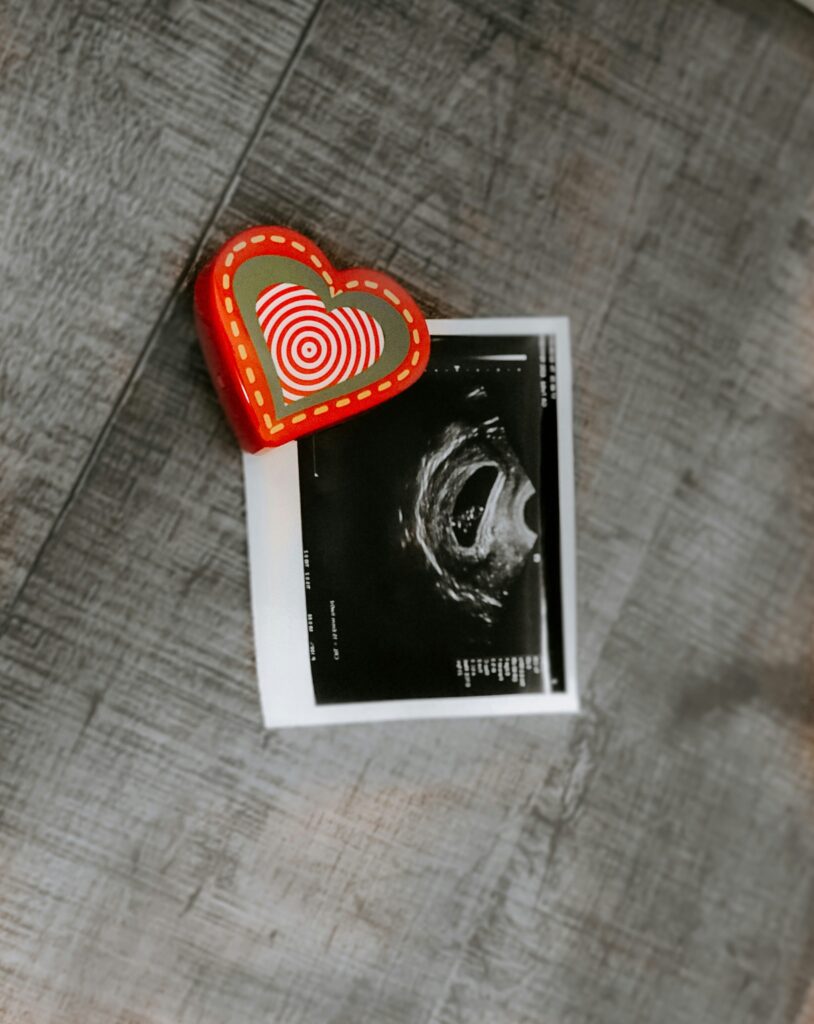Implantation Calculator – What Date Will Implantation Occur?
How to Use the Implantation and Pregnancy Test Date Calculator
If you’re trying to conceive or simply curious about your body’s cycle, understanding the timeline of ovulation, implantation, and the right time to take a pregnancy test is crucial. Our user-friendly Implantation and Pregnancy Test Date Calculator is designed to simplify this process for you. Here’s a step-by-step guide on how to use this helpful tool:
1. Choose Your Date Type
First, you’ll be prompted to choose the type of date you’re entering. You have two options:
- Last Period: Select this if you’re entering the first day of your last menstrual period. This is useful if you don’t know your exact ovulation date, but you do keep track of your period dates.
- Ovulation: Choose this if you know the exact day you ovulated. This could be from tracking your fertility signs, using ovulation tests, or monitoring your basal body temperature.
2. Enter the Date
Once you’ve selected your date type, enter the relevant date using the calendar input. Make sure the date is accurate to get the best estimate from the calculator.
3. Click ‘Calculate’
After entering your date, simply click the ‘Calculate’ button. The calculator will do the rest!
4. Understand Your Results
The calculator will provide you with three important dates:
- Estimated Implantation Window: This is the range of dates when the fertilized egg is most likely to implant in the uterus. Implantation is a critical step in pregnancy, as it’s when the embryo starts to grow. This window is typically 6-12 days after ovulation.
- Earliest Date for Pregnancy Test: This is the earliest date when you might be able to get a positive result on a home pregnancy test. These tests work by detecting the hormone hCG, which is only produced after implantation. The earliest date is usually 9 days post-ovulation. However, testing this early may not provide an accurate result.
- Recommended Date to Take Pregnancy Test: For the most reliable result, this is the date we recommend you take a home pregnancy test. It’s usually 12 days post-ovulation, giving your body enough time to produce detectable levels of hCG if you’re pregnant.
Tips for Using the Calculator:
- Accuracy: For the most accurate results, enter the exact date of your last period or ovulation. Even small inaccuracies can affect the calculation.
- Patience is Key: While it’s tempting to take a pregnancy test as soon as possible, waiting until the recommended date can prevent the uncertainty of a false negative.
- Each Cycle is Unique: Remember that every woman’s cycle can vary, and factors like stress or illness can affect ovulation and hormone levels.
- Consult a Professional: If you’re trying to conceive and have questions or concerns, it’s always best to consult with a healthcare provider. They can offer personalized advice based on your health and fertility.
We hope this calculator serves as a valuable tool on your journey. Whether you’re planning for pregnancy or just getting to know your cycle better, we’re here to provide clarity and support every step of the way!






Responses